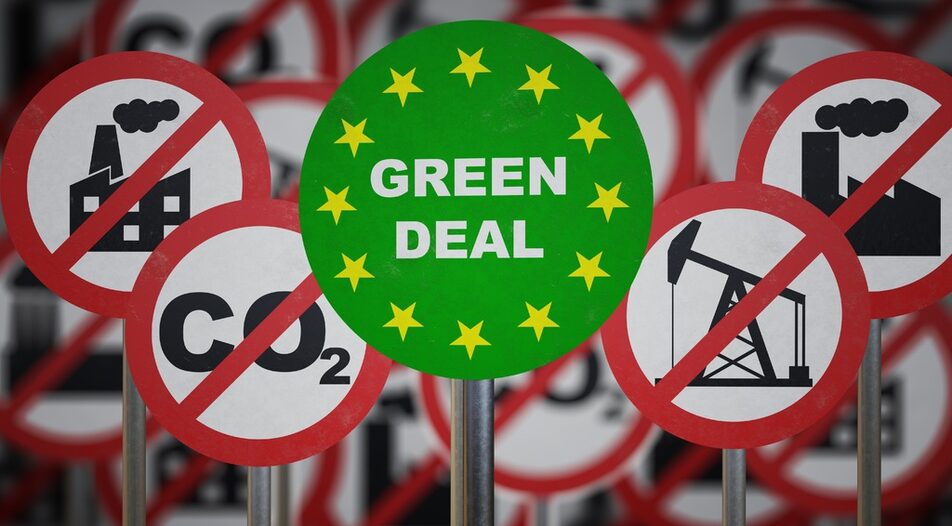What are the European green policies and regulations, who is affected, what funding schemes are there and what are the deadlines for achieving the goals?
The European Green Treaty is one of the priorities of the European Commission. It aims to make Europe the first climate-neutral continent by 2050 and to preserve its nature and biodiversity, while strengthening the competitiveness of European industry and ensuring only a transition for the affected regions and workers.
In her political guidelines, European Commission President Ursula von der Leyen said that making Europe the first climate-neutral continent was "the greatest challenge and opportunity of our time".
On 11 December 2019, the Commission adopted an indicative timetable for several dozen legislative and non-legislative initiatives that the Commission intends to propose, mainly in 2020 and 2021. To increase the EU's climate ambition; clean, affordable and secure energy; industrial strategy for a clean and circular economy; sustainable and intelligent mobility; greening of the Common Agricultural Policy; biodiversity conservation; work towards the ambition of zero pollution for a toxic-free environment; integrating sustainability into all EU policies, etc.
More information can be found here:
- Commission Work Program 2020 - A Union that strives for more
- Commission Work Program 2021 - A Union of vitality in a world of fragility
- A Union that strives for more - My agenda for Europe, Political guidelines for the next European Commission 2019-2024
- The European Green Deal
To stimulate climate-friendly investment, the EU has adopted a package of measures to finance sustainable growth. It has the complex name "EU Taxonomy", but actually includes a list of technologies assessed with a new category of financial indicators to help investors measure the carbon footprint of their investments. The EC has already proposed to include new sectors in the energy sector, namely nuclear energy and natural gas (the latter for a transit period).
Transport and industry
The Sustainable and Intelligent Mobility Strategy (affecting all modes of transport) aims to reduce dependence on fossil fuels, increase the use of less polluting modes of transport and optimize its costs. The Emissions Trading System (ETS) will be extended to the maritime sector, and free allowances allocated to airlines will be reduced over time.
Agriculture
In 2022 the EC is expected to link the objectives of the common agricultural policy to a number of legislative and other measures directly related to payments. In short: a 50% reduction in the risk and use of chemical pesticides and the use of more dangerous pesticides, a halving by 2030 of sales of antimicrobials intended for farm animals and aquaculture use, a reduction in of fertilizers by at least 20%, at least 25% of the agricultural land to be cultivated by the method of organic farming and to significantly increase the application of agri-environmental practices, as well as at least 10% of the agricultural land to be non-productive.
In parallel, the European Climate Pact aims to bring together regional and local authorities, civil society, industry and schools to agree on commitments to change behavior. The Commission will have to carry out five-year evaluations - in line with the Paris Agreement cycle - on Member States' progress towards the objectives and the coherence of national measures to achieve them.






